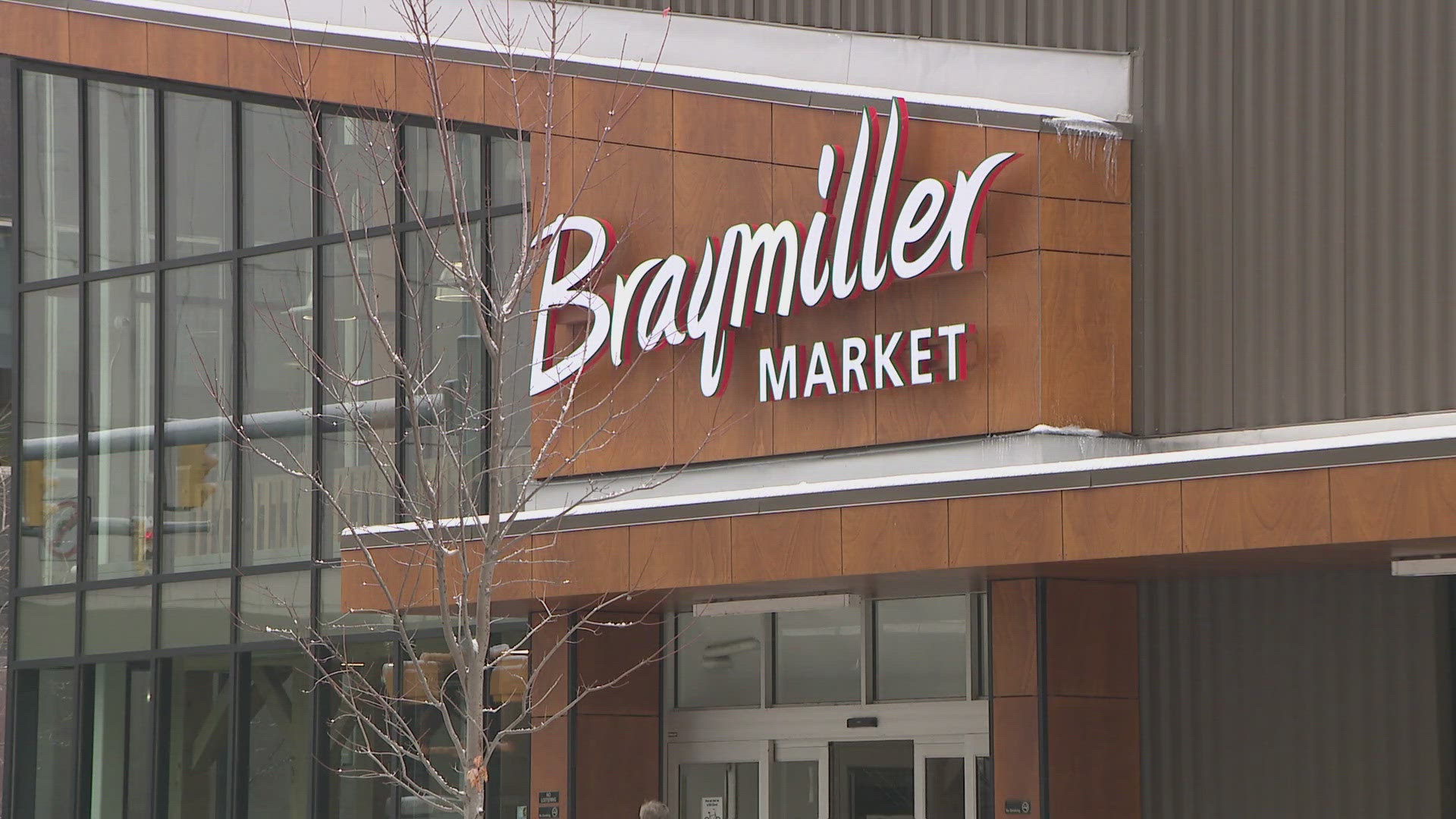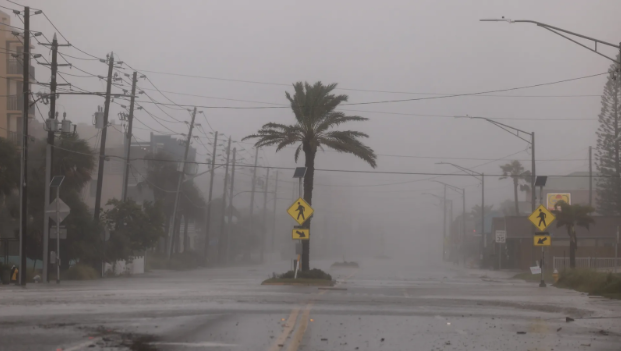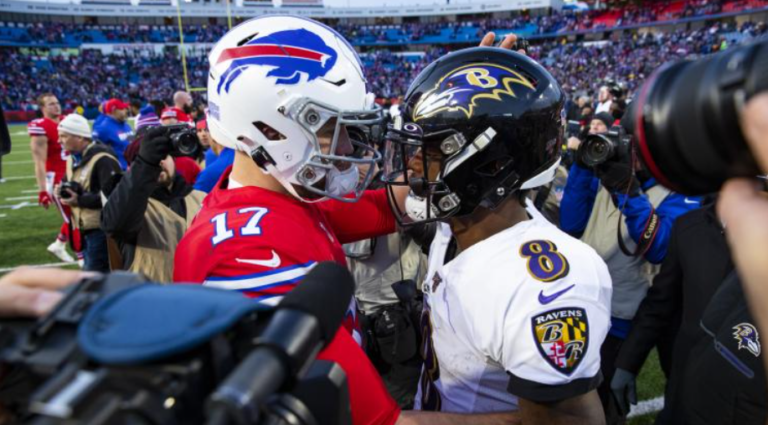By Jessica A. Dennehy
As one of the last acts of his presidency, the now former-President Joe Biden awarded the Presidential Medal of Freedom to 19 individuals on the 4th of January. As the highest civilian award in the United States, these laureates made exceptional contributions to the recognized fields of national security, world peace, cultural contributions, public service, and private endeavors. Originating under the Kennedy administration, a total of 652 of these medals have been dealt out to the present day. This award serves as a means to recognize excellence, courage, and dedication to the improvement of society, and to hopefully serve as an inspiration to others on how to make a difference in the world. These honorees have been celebrated for their dedication to improving society, with the White House acknowledging their achievements in the official announcement. All quotes included in this summary are sourced from the White House.
José Andrés – A renowned Spanish-American chef, restaurateur, and multiple James Beard Award recipient, the White House has noted his role in popularizing “the cooking of his native Spain in his adopted home of the United States.” As the founder of World Central Kitchen, he has also played an important role in food distribution following natural disasters and crises.
Ashton Baldwin Carter (posthumous)—The former U.S. Secretary of Defense under President Barack Obama, he served under 11 different Secretaries of Defense in both Democratic and Republican administrations. The White House applauded Carter’s lifelong devotion “to making the nation safer for all.”
Hillary Rodham Clinton – A former Secretary of State, First Lady, and U.S. Senator, the White House referenced her Democratic nomination in the 2016 presidential election and how she “became the first woman nominated for president by a major United States political party.”
Bono—Born Paul David Hewson, he is the frontman for the Irish rock band U2, known for their 1980s hits “With or Without You” and “I Still Haven’t Found What I’m Looking For.” Beyond his contributions to music, Bono has also served as a pioneer against AIDS and poverty. As the co-founder of campaigning organizations ONE and (RED), Bono “united both sides of the aisle in the creation of the United States PEPFAR AIDS program.”
Michael J. Fox – An actor best known for his role as Marty McFly in the Back to the Future trilogy, Fox is a recipient of five Emmy Awards, four Golden Globe Awards, two Screen Actors Guild Awards, and a Grammy Award. Off the screen, he was commended for his role as a “world-renowned advocate for Parkinson’s disease research and development.”
Tim Gill— An American entrepreneur and philanthropist who “transformed the publishing industry through groundbreaking software and leveraged his success to secure key victories in the fight for marriage equality and anti-discrimination protections.” The founder of Quark, he was one of the first openly gay entrepreneurs on Forbes 400.
Jane Goodall—An ethologist and conservationist, she’s considered the world’s expert on chimpanzees, having lived and studied with them for over 60 years. Goodall is “a passionate advocate for empowering individuals and communities to protect and preserve the natural world,” whose research has helped shape modern ideas of evolution.
Fannie Lou Hamer (posthumous)—A women’s rights and voting rights activist who laid crucial groundwork for the 1965 Voting Rights Act through her founding of the Mississippi Freedom Democratic Party. Her challenge to the oppression and exclusion of Black voices in politics “transformed the struggle for racial justice in America.”
Earvin “Magic” Johnson—A now-retired basketball player for the Los Angeles Lakers, he helped them win five championships and advance to the finals nine times over his thirteen-year career. Johnson’s philanthropy through his Magic Johnson Foundation supports those who are traditionally underrepresented, including ethnically diverse urban communities and individuals living with HIV/AIDS.
Robert F. Kennedy (posthumous) – A former U.S. Attorney General and Senator, his role in combating racial segregation, poverty, and inequality on a national scale has left a lasting impact. His “legacy continues to inspire those committed to justice, equality, and public service.” Coupled with the legacies of his eldest brother, John F. Kennedy, and his son, Robert F. Kennedy Jr., the Kennedy family’s impact on the United States politics is still remembered and ongoing.
Ralph Lauren—The legendary American fashion designer, he has “redefined the fashion industry with a lifestyle brand that embodies timeless elegance and American tradition.” Beyond his trademark Polo shirts and Flag sweaters, his significant contributions to the fight against cancer and the preservation efforts of the Star-Spangled Banner have also not gone unnoticed.
Lionel Messi – The football star and current Inter Miami CF forward, Messi is “the most decorated football player in history.” A UNICEF Goodwill Ambassador, he also supports healthcare and education programs for children through his Leo Messi Foundation. He didn’t attend the ceremony in person due to predetermined scheduling conflicts.
William Sanford Nye – Better known by science classrooms around the world as “Bill Nye the Science Guy,” his educational TV show has remained a generational staple in science education. As CEO of the Planetary Society and a prominent voice for space exploration and environmental stewardship, his advocacy of STEM also goes beyond the classroom.
George W. Romney (posthumous) – A former Governor of Michigan, Secretary of Housing and Urban Development, and Chairman of American Motors Corporation, his political contributions have spanned decades. The Romney legacy will stand for some time, especially with his son Mitt Romney being a former Governor, Presidential Nominee, and U.S. Senator.
David M. Rubenstein—The co-founder and co-chairman of The Carlyle Group, an investment firm with almost $450 billion in assets. He is “renowned for his philanthropy and generous support for the restoration of historic landmarks and the country’s cultural institutions.”
George Soros—A Hungarian-American philanthropist and founder of the Open Society Foundation, Soros has “supported organizations and projects across the world that strengthen democracy, human rights, education, and social justice.” He’s known as the man who broke the Bank of England when he shorted the British pound.
George Stevens, Jr. – A writer, playwright, director, and producer, Stevens is also the founder of the American Film Institute and the Kennedy Center Honors. According to the White House, he also “has illuminated American ideals of racial equity and justice for half a century.”
Denzel Washington – A renowned actor and director, Washington has received two Academy Awards, a Tony Award, two Golden Globes, and the 2016 Cecil B. DeMille Lifetime Achievement Award. Some of his iconic films include “Glory,” “Malcolm X,” and “Training Day.” He’s a long-time supporter of the Fisher House Foundation, an organization providing medical assistance to military personnel at minimal personal costs, and has been a national spokesperson for Boys & Girls Clubs of America since 1992.
Anna Wintour—the fashion icon and editor-in-chief of Vogue since 1988, she’s behind the annual fundraiser that’s the Met Gala. She is also a “champion for philanthropic causes… and chief content officer of Condé Nast.”










